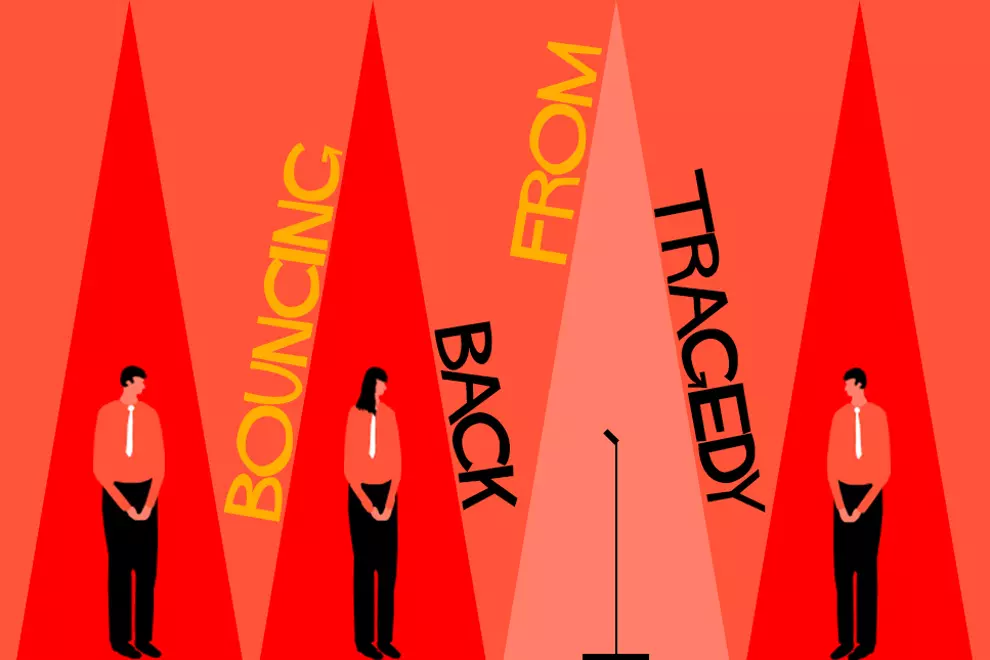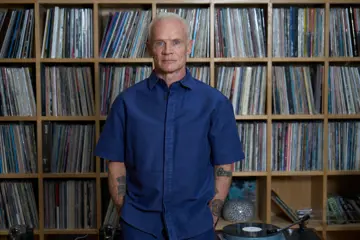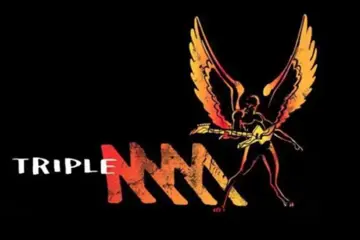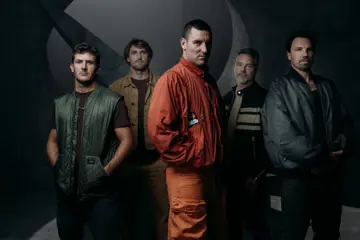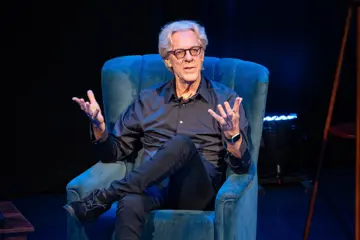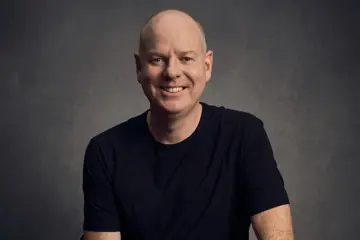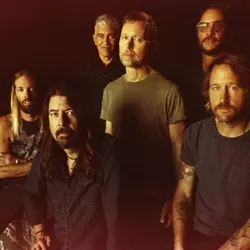 Foo Fighters
Foo FightersAny artist will agree that one of the most difficult and dreaded aspects of being in a band is continuing on after the passing of a core member. For as long as music has existed, so has the need to move on following tragedy. In recent decades though, greater access to media has given fans a deeper and more meaningful relationship with artists, meaning that when some of the iconic names have passed on, they have felt the pain as deeply as many of their bandmates or contemporaries may.
In March 2022, the music world was rocked by the loss of Foo Fighters drummer Taylor Hawkins. Occurring just months after a one-off Australian visit, the group (itself borne out of the passing of Nirvana frontman Kurt Cobain) paid tribute to their late bandmate with a pair of high-profile concerts in his honour in September.
Now, the group have announced their return with a series of festival appearances throughout the first half of 2023, leading to speculation as to not only who will join them behind the kit but how they will bounce back from this deeply personal tragedy. Rumours have also circulated about a possible new album.
Thus, it brings to light memories of the myriad bands who have continued on after the passing of a key member, with each and every instance evoking numerous opinions from their dedicated fans in regard to their success, the choice of a new member, or even if they should have continued.
Don't miss a beat with our FREE daily newsletter
One of the most notable of these is a homegrown example, with AC/DC having recruited ex-Geordie singer Brian Johnson following the passing of Bon Scott in early 1980. The result was one of the greatest recoveries in music history, with the subsequent album, Back In Black, being one of the biggest-sellers in musical history.
However, while AC/DC were quick in their decision to continue, others have taken their time to perfect their comeback. When Alice In Chains frontman Layne Staley passed in 2002, it took the group four years to recruit William DuVall onto vocals and a further three years for their first new album to arrive.
Likewise, the Stone Temple Pilots were a strange entity. Following Scott Weiland’s firing in 2013, the group recruited Linkin Park’s Chester Bennington as vocalist. Weiland would pass in 2015, just weeks after the departure of Bennington, and two years later, Bennington himself would pass, leaving the group to embark on the search for a new singer. That search ended in 2017, with Jeff Gutt joining the fold, fronting the group for two critically-acclaimed albums thus far.
Similarly, Queen would take some time to recover from the passing of Freddie Mercury in 1991. Joined by Paul Rodgers as Queen+ from 2004 to 2009, the group found their fit with former American Idol contestant Adam Lambert in 2011, who has fronted them for some of their most-publicised tours to date.
However, sometimes the continuation is something of a controversial one, with many fans wondering as to whether it was a good idea at all. Case in point, Australia’s own INXS. When Michael Hutchence passed away in 1997, a 20-year legacy ended. Not content to finish there, the group would recruit the likes of Jimmy Barnes, Sananda Maitreya (formerly known as Terence Trent D'Arby), and Russell Hitchcock for live shows before Noiseworks’ Jon Stevens officially joined.
His tenure was short-lived, and in 2005, INXS would bring Canada’s J.D. Fortune into the fold after his discovery through the Rock Star: INXS reality show. Fortune would front just one album before 2011’s Original Sin would feature various singers covering the group’s early work. In 2012, INXS disbanded amidst rumours Ciaran Gribbin would front the band.
Likewise, California ska-punk band Sublime reached their greatest success in 1996 with their self-titled album, itself released just months after the passing of vocalist Bradley Nowell. 13 years later, remaining members Eric Wilson and Bud Gaugh would be joined by Rome Ramirez to reform the band. However, legal battles plagued their early days, ultimately overshadowing the reunion and forcing the group to adopt the name Sublime With Rome.
More recently, questions have flown as to whether the Pantera reunion will follow in similar footsteps. Calling it quits in 2003, guitarist Dimebag Darrell was shot and killed in 2004, while his brother Vinnie Paul would pass away 14 years later. Last year, founding bassist Rex Brown and vocalist Phil Anselmo announced a reunion tour, though it remains to be seen how the new lineup (featuring Zakk Wylde on guitar and Charlie Benante) will be received.
Lastly, the other route some acts have taken is to completely reform and rebadge so as to not tarnish their legacy. Most famously, the passing of Joy Division singer Ian Curtis in 1980 would give rise to New Order later that year after its remaining members reformed. As it would turn out, New Order went on to become one of the most iconic and influential bands in synth-pop and new wave, though questions of what Joy Division could have been continue to persist.
On a lesser-known tip, a similar success was seen following the death of Tripping Daisy guitarist Wes Berggren in 1999. The following year, vocalist Tim DeLaughter would form the choral rock band The Polyphonic Spree, who continue to tour and record to this day, much to the delight of critics and fans alike. Tripping Daisy would, however, reunite for a series of concerts in recent years, though currently – as Joe Strummer once said – their future is unwritten.
Foo Fighters will return to the stage for the Sonic Temple Art & Music Festival in Columbus, Ohio, on May 25th. It’s currently unknown who will serve as their drummer for these shows or the foreseeable future.

